
Enter Through The Sex Shop: Modern Sexual Wellness Brands Embrace The Adult Channel
Personal Fav, a stylish sexual wellness brand selling lubricants at Goop, has added over 100 doors to its retail distribution this year, but not through a partnership with Bluemercury, Target or any other retailer that’s recently introduced or expanded sexual wellness.
In a push into the adult store channel, 1-year-old Personal Fav rolled out to Good Vibrations, Babeland, The Pleasure Chest and Cindies. Co-founders Stephanie Elias and Hannah Hutton are thrilled with the results so far. “This is definitely an area that’s moving for us,” says Elias. “They’ve reordered seven or eight times since March. We’re still having other conversations with Thrive Market and FabFitFun and some more traditional wholesale. I don’t know if they think they’re better than it or they think they don’t need it, but it feels like some of our competitors overlook the sex store.”
Increasingly, though, modern sexual wellness brands aren’t overlooking the sex store. In the United States, there are more than 4,500 adult stores, according to market research firm IBISWorld, and they’re becoming attractive to brands as they hunt for brick-and-mortar locations in adherence with omnichannel distribution strategies.
Adult stores aren’t afraid to sell sex toys in the open on their floors and educate customers about them while beauty and lifestyle retailers have frequently hidden the products in online selections behind a breadcrumb trail of clicks that can make discovery difficult. And adult stores aren’t limited to the coasts, but dispersed throughout the country, including the South and Midwest, to enable nascent sexual wellness brands to gain exposure and sales in regions that largely coastal retailers neglect.
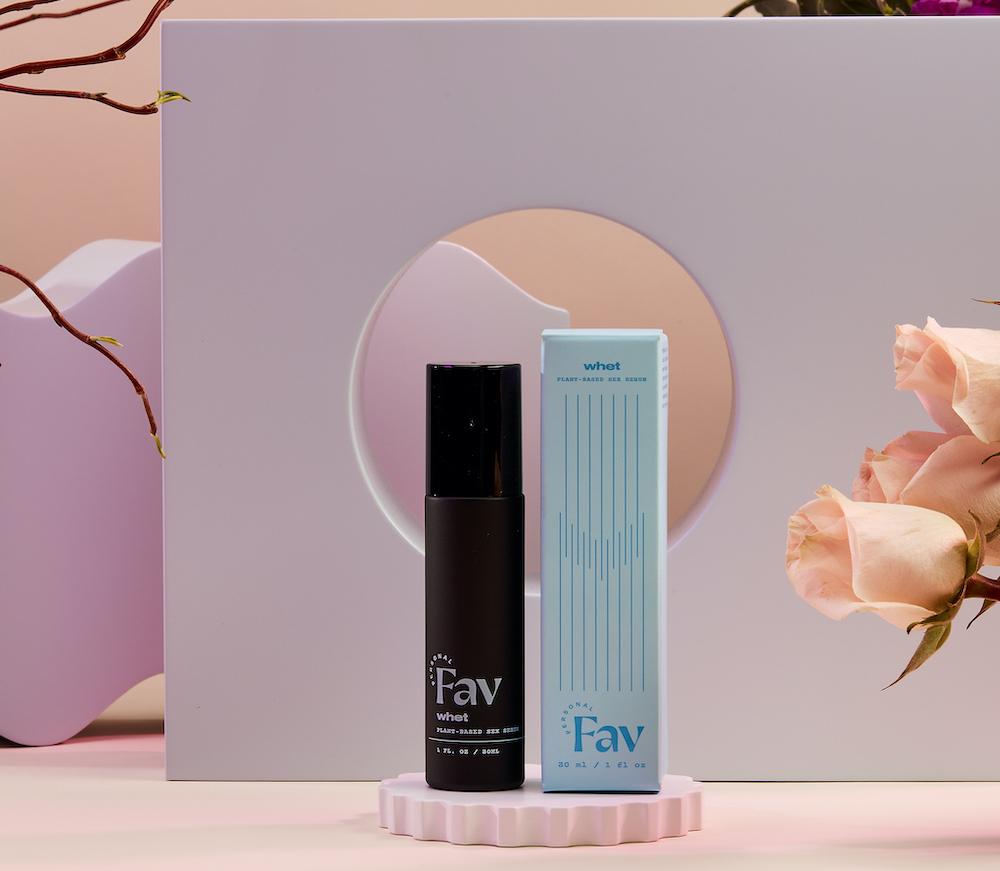
“You have places in the Midwest where there’s large chains in every town, and they all do well,” says Kim Maty, a senior buyer at Entrenue, a specialty adult wholesale distributor that works with the independent brands Personal Fav, Coconu, Crave, Vush and Elvie. “These stores have that Midwest mentality. They’re a little more price-conscious than your standard boutique because they’re getting more of the average Joe traffic. They’re getting that person who’s looking for a value or the person who maybe hasn’t purchased a toy before. They’re going into those stores versus a specialty boutique because they’re more visible to them.”
“The whole channel is just set up for what we do,” says Alexandra Fine, co-founder of Dame, a sexual wellness brand that has had products in adult stores for close to a decade. “It gives you a really clear space to be honest and direct with your customers about what you’re selling and the benefits. It’s also really nice to be in a channel where the education’s there.”
Advertised as for pleasure, passion and romance, Lion’s Den has 46 locations in states such as Indiana, Michigan, Arizona and Ohio, where it has 10-plus locations. The 50-year-old adult retailer carries disruptive brands Lora Di Carlo’s and Le Wand’s vibrators, Sweet Spot Labs’ intimate moisturizers, Exsens’ body oil and Bijoux Indiscrets’ oral sex balm next to finds from legacy players K-Y and Trojan.
Similar to Lion’s Den, several well-known adult store chains have been around for decades, preceding the sexual wellness destigmatization movement of the past few years. Good Vibrations opened its first store in 1977. The Pleasure Chest in 1971, and Babeland in 1993. IBISWorld characterizes the industry as fragmented between a large number of privately owned companies. No company possesses 5% market share or above.
The adult store channel emerged in response to a desire particularly among women and queer consumers for clean, well-lit places to shop when video stores were the primary option. Although there remains a tinge of naughtiness, the look of sex stores has evolved.
Maty says there’s been a “push for stores to become more a space that is safe and aesthetically pleasing to a female’s eye versus a man’s eye, which for so long I think people just associated adult stores with sticky floors and video boxes…Don’t get me wrong, there’s still going to be those stores that are out there, but they are really getting away from that.”
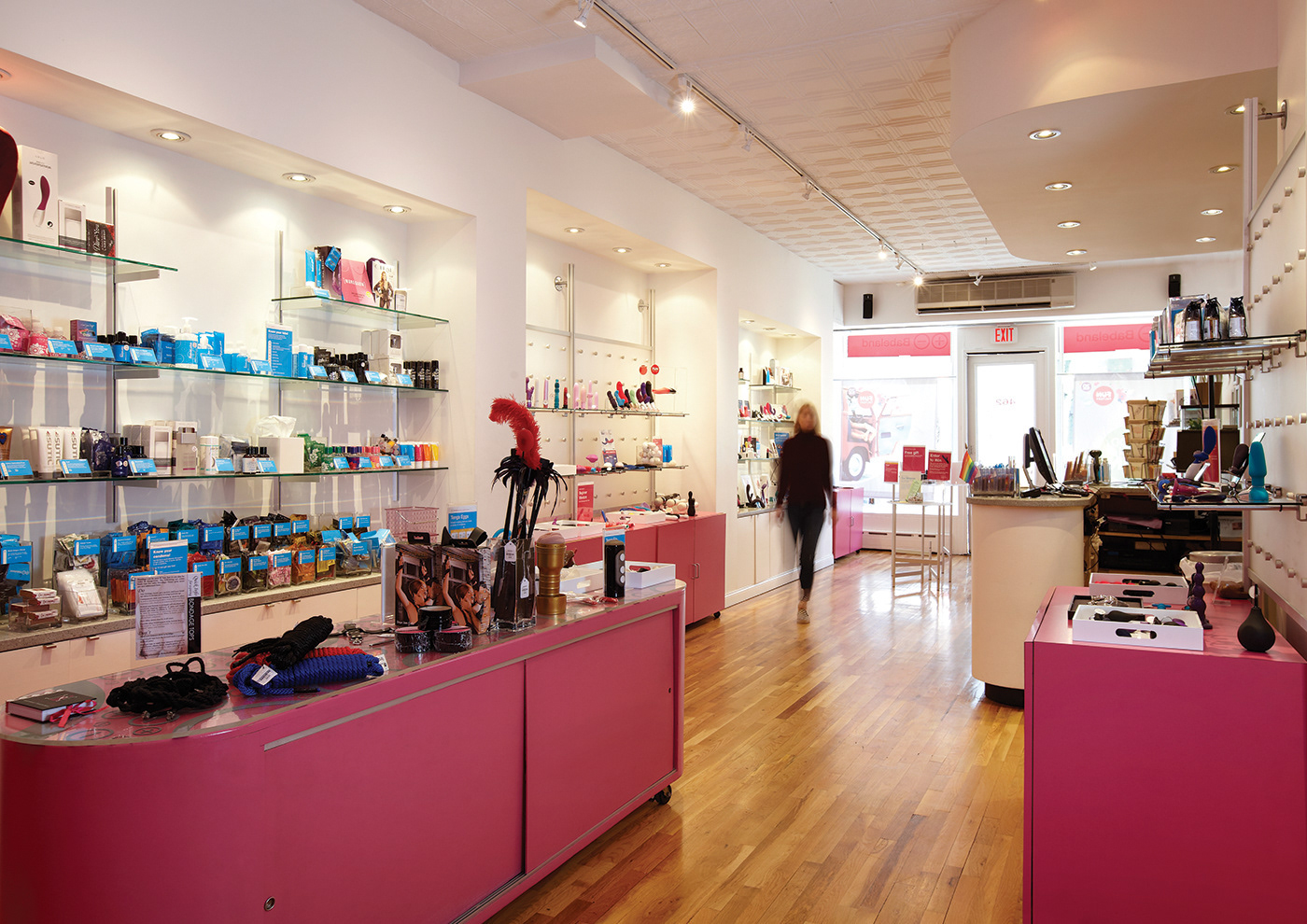
Babeland and Good Vibrations have three and eight doors, respectively, and Babeland will open a second New York City location later this year. Both retailers are sought-after by elevated brands looking to dip their toes in the sex shop channel. Lisa Finn, a sex educator and marketing director at both Barnaby Ltd.-owned sex store chains, describes Babeland’s Brooklyn store as bright, playful and welcoming, but simultaneously shoppers are very aware they’re not in Anthropologie when they step into it.
“We don’t want it to feel stiff,” she says. “We don’t want people to walk into the store and not know what they’re buying. I love the idea of having plants and earth tones and warm natural colors that you see with a lot of wellness brands, but we also want to remind you that you’re coming in here to get something to give you an orgasm…It doesn’t have to be about serenity and wellness, and it absolutely can be, but it also could just be because you want to fuck.”
Newer brands have entered Babeland and Good Vibrations not only to get in front of its customers, but to introduce themselves to the retailers’ staff members who provide valuable product and brand feedback, similar to the way knowledgable Sephora employee experts are known to brand build in beauty. Brands regularly laud the expertise of sex store staff as a huge strength of the adult store channel.
Brands looking to break into the channel can do so through trade shows like Adult Novelty Manufacturers Expo, or ANME, that happens in Los Angeles every summer and Las Vegas every winter. Dame and Personal Fav have exhibited at and attended ANME, which Fine playfully calls “colorful in all possible ways.”
Retail Minded founder Nicole Leinbach will be holding the inaugural Stimulate next year, a trade show for the sexual wellness industry. Given how fragmented the market is, networking is key to finding a retailer that’s a good fit. “You can’t just be behind the scenes, get out there, meet people,” Leinbach recommends. “This is still like all business, it does come down to networking, who you know. People like to work with people they like.”
Maty’s recommends for brands aiming for adult channel distribution to be gender neutral in their design as that’s where the industry is heading. She counsels them to abstain from covering products with pictures or depictions of bodies and keep wording as impartial as possible as progressive, sex-positive stores can be turned off by branding that seems to be exclusively for a female or male body.
We don’t want people to walk into the store and not know what they’re buying. I love the idea of having plants and earth tones and warm natural colors that you see with a lot of wellness brands, but we also want to remind you that you’re coming in here to get something to give you an orgasm.
“The person with the penis may not be a male,” says Maty. “Inclusivity is a huge part of our industry, and we really try to keep a more neutral space for people. If there’s any industry that’s more in tune with people who choose to live an alternative lifestyle, it’s this one.”
Consumer and retailer demand for clean and natural products has been steadily climbing in the adult channel, giving indie brands like Personal Fav a leg up on older brands traditionally available in sex shops. “People have access to so much information nowadays, you can’t really get away with having crap in a product,” says Maty. “You have to pay attention. There’s definitely people who don’t care, and it’s perfectly fine. We try to be conscientious about the product that we bring in. We want to believe in the brand, and we want our retailers to believe in it, too.”
Babeland customers are searching for better alternatives to drugstore brands that fell short of expectations. “People will say, ‘This didn’t work for me. This felt sticky. This gave me a UTI, this was uncomfortable, this irritated me. I want something more natural. I want something that’s got less stuff in it,'” says Finn. “We are putting this on a very delicate part of our bodies. Folks will come in, and they’ll be attracted to things like aloe, coconut oils, green tea extract. Our educators are able to tell them why they might want that for their bodies.”
The demand for clean formulas has elevated the channel since they’re often from younger, stylish brands commanding relatively lofty prices. Those prices may not draw first-time customers, but adult store channel veterans report there’s definitely room for them in the channel, especially on Valentine’s Day, which Finn calls the channel’s Black Friday. She says, “We have a toy that is a ride-on machine that’s $2,000, and it sells.”
Finn figures between $30 and $50 is the sweet spot for people purchasing their first sex toy. More experienced shoppers are generally comfortable spending $50 to $125 for a sex toy. Finn says a good price range for a 4-oz. water-based lubricant is in the $11 to $16 range. Silicone lubes will be slightly more expensive. By comparison, a 4-oz. tube of water-based K-Y Jelly is about $5.50.

Dame’s bestselling products in the adult channel are its vibrators Eva, Aer, Pom and Arc. Their prices run from $95 to $135, suggesting higher ticket items can be productive at adult shops. However, Personal Fav determined its $24 plant-based lube Whet and $54 CBD-infused pleasure oil Pique might be too pricey for many sex store shoppers. To get on shelf at Cindies, an adult chain with more than 30 doors across Texas, Louisiana, Oklahoma and Alaska, the brand created mini packets priced at $2.50. Elias says, “This enables try before you buy and also empowers anyone of any socioeconomic background that they can buy something that’s good for them without feeling that they’re breaking the bank.”
Babeland and Good Vibrations carry lube packets that range in price from 50 cents to $2 per packet, which Finn dubs “lubettes.” Price variety is important to Finn, who advises premium brands eying the sex shop channel to consider ramping up their affordable offerings. Brands entering the channel should be prepared to deal with tighter margins. Historically, sex stores enjoyed astronomical markups.
Michael Topolovac, founder and CEO of luxury jewelry-cum-sex toy brand Crave, whose necklace vibrator Vesper is a best seller at Babeland, views the margin structure as a challenge to further development of the channel.
”Even today, some of the higher end brands will get an email from a factory in China that says, ‘What do you think about this?’ And they go put their name on it,” he says. “That’s a commodity market. There’s going to be some ongoing tension there as modern brands [enter the channel] that don’t make things for a buck and sell it for $20. A lot of the bigger chains, which we’re trying to move upstream, will want to buy our products for X, and I’m like, ‘I’ll pass. Those economics don’t make any sense for us.’”
Maty maintains that keystone or 50% margins are typical for the retailers and brands she works with. Personal Fav has encountered less favorable margins in the sex store channel and has had to give up a bit of margin to partner with Entrenue for distribution. Hutton urges brands interested in the channel to flex their negotiation muscles.
“We have had really friendly conversations with some people being like, ‘We want to make each other money. Yes, you guys have a certain margin structure, this is how we’re working with other more modern stores that might be more wellness stores, let’s work with each other and meet in the middle,'” she says, emphasizing, “Be prepared to showcase your value and negotiate.”
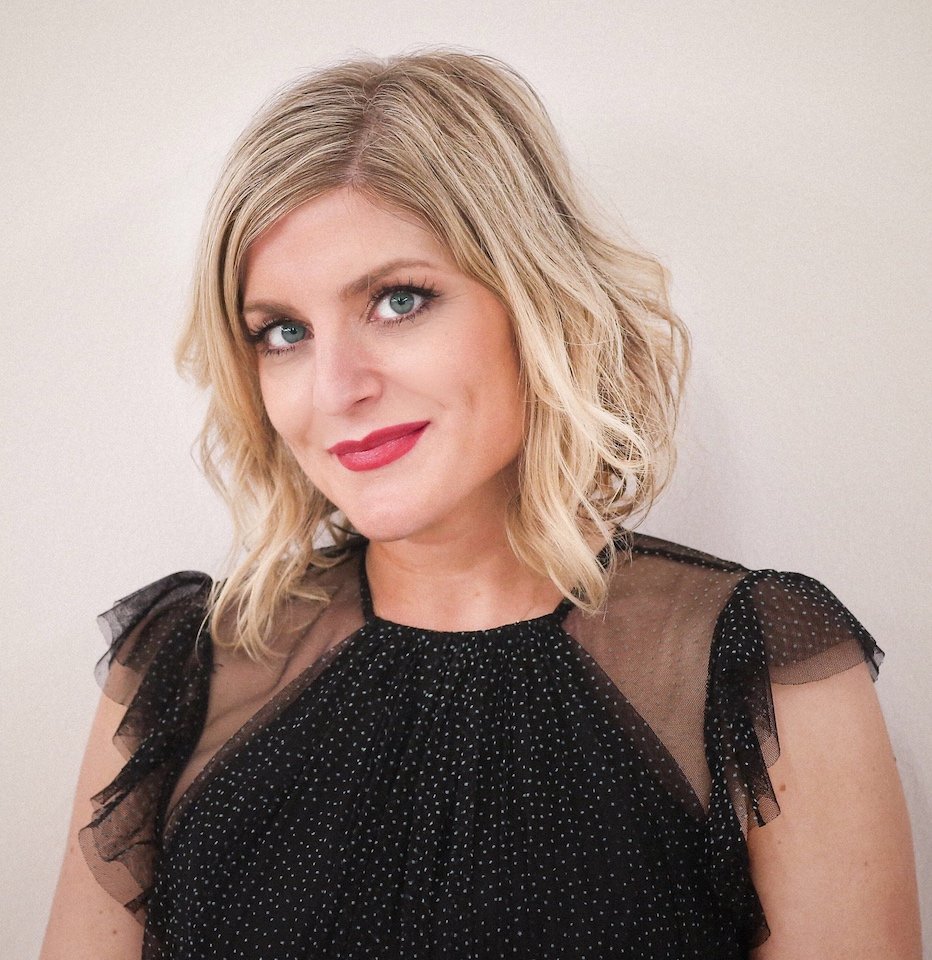
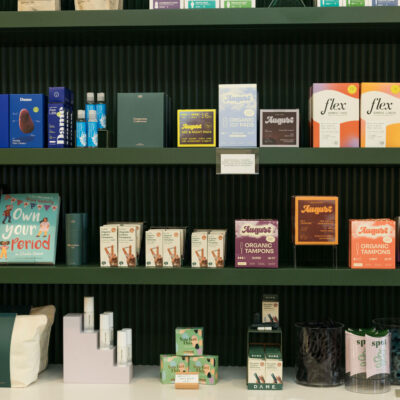
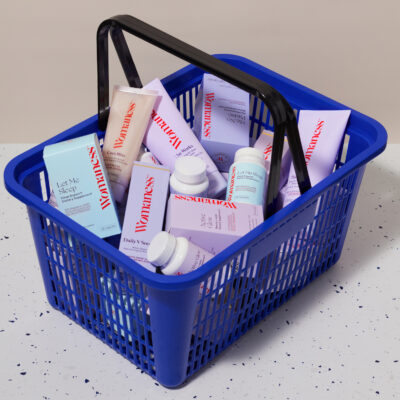

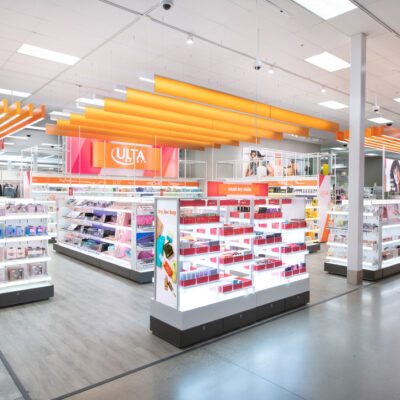
Leave a Reply
You must be logged in to post a comment.